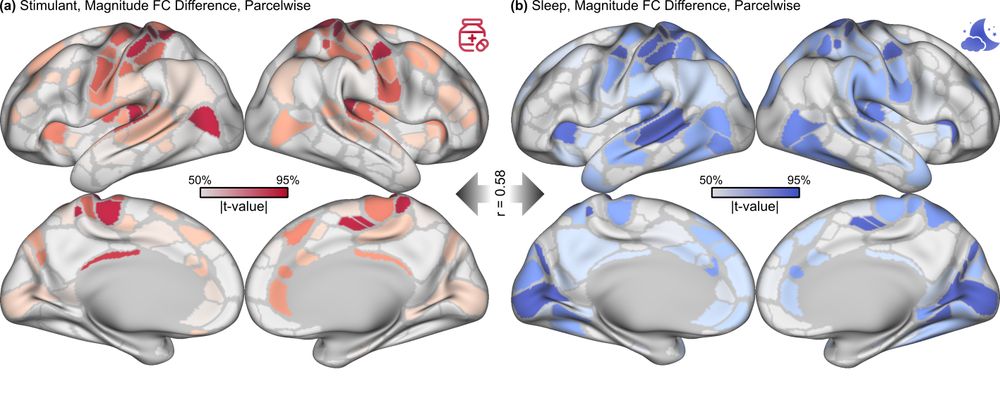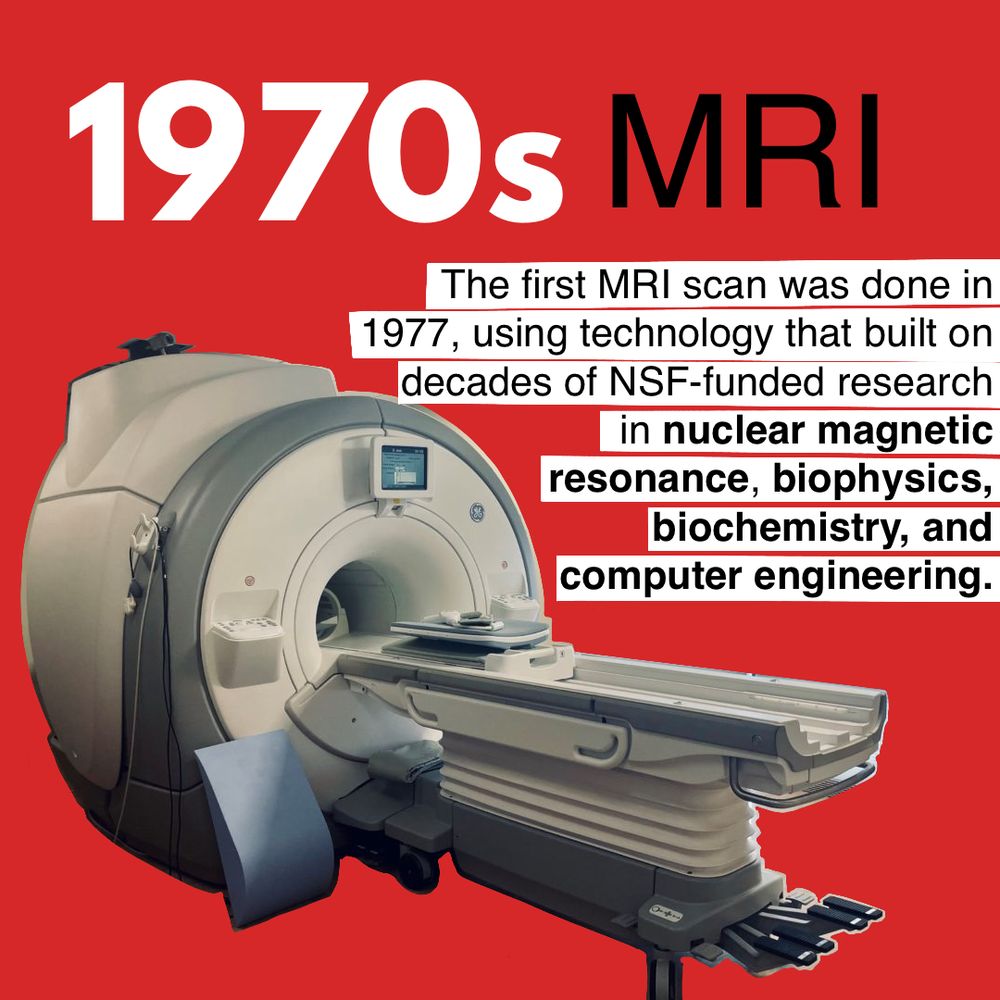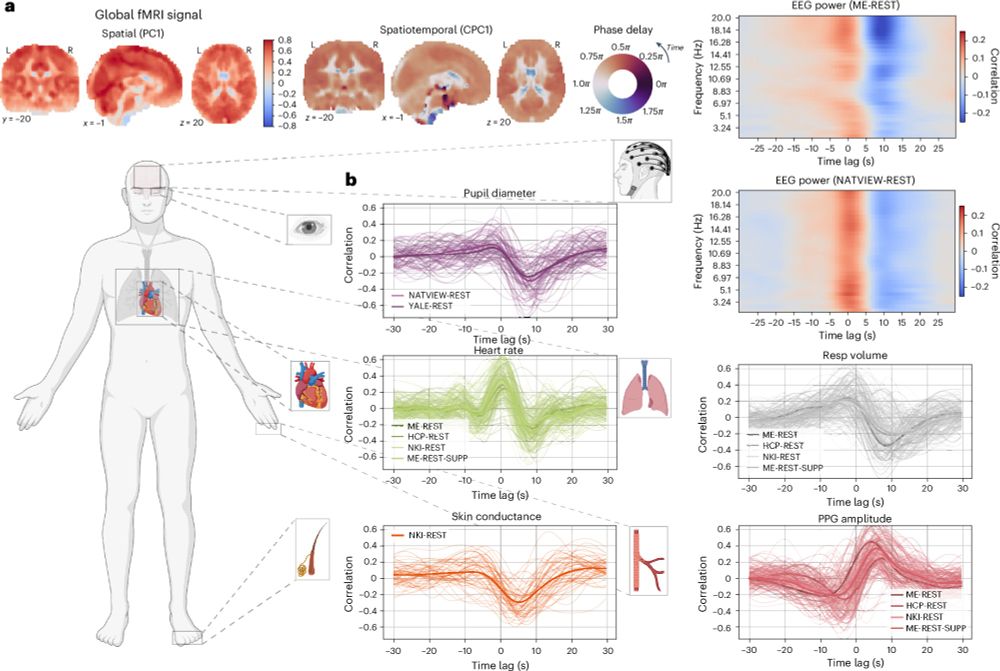
Transcriptomic diversity of amygdalar subdivisions across humans and nonhuman primates
Specialized cell types and links to psychiatric disorders are revealed by genetic mapping of primate amygdala neurons.
A spatially resolved transcriptomic atlas of the primate amygdala (human, macaque, and baboon) now out in Science Advances (www.science.org/doi/10.1126/...). The amygdala contains 32 types of neurons with many neuron types specific to particular subdivisions.
Lots of updates from the preprint!
17.09.2025 19:31 — 👍 117 🔁 47 💬 9 📌 3
2/2 For more insula fun, I really like Fermin et al. 2022 (doi.org/10.1098/rsos...) and this review (med.stanford.edu/content/dam/...)
18.06.2025 01:03 — 👍 1 🔁 0 💬 0 📌 0
Thanks for bringing up the insula, a fascinating interoceptive emotion hub that deserves more attention. In the brief report, I was focused primarily on seeing joy in the amygdala, a region I’ve been long fascinated with. But the same imaging principle absolutely applies to the insula. 1/2
18.06.2025 01:02 — 👍 1 🔁 0 💬 1 📌 0
#emotion #fMRI #mesoscale #affectivescience #Joy
03.06.2025 13:58 — 👍 0 🔁 0 💬 0 📌 0
An epithelial cell videoed through a microscope. #CellBiology
01.05.2025 02:16 — 👍 11 🔁 3 💬 4 📌 0

A heart muscle cell (cardiac myocyte) photographed through a microscope. Actin filaments are shown. #CellBiology
10.03.2025 00:32 — 👍 48 🔁 8 💬 0 📌 0
Congratulations 🎉
24.05.2025 18:10 — 👍 0 🔁 0 💬 0 📌 0
Wonderful work!
23.05.2025 04:57 — 👍 4 🔁 0 💬 0 📌 0

My med school textbook says stimulants like Ritalin treat hyperactivity by “stimulating” the brain’s attention and cognitive control systems. We studied children taking stimulants in the ABCD Study, and the largest differences were actually in arousal and reward networks! Check out our preprint!
22.05.2025 21:33 — 👍 146 🔁 55 💬 11 📌 10

Very important point raised by @petersalib.bsky.social and Simon Goldstein regarding AI risk and alignment:
www.ai-frontiers.org/articles/tod...
21.05.2025 16:33 — 👍 5 🔁 2 💬 0 📌 0
The leading edge of a crawling cell videoed through a microscope. Watch the actin cytoskeleton in motion as it drives membrane protrusion and cell movement. It’s like watching the cell think with its feet. #CellBiology
19.05.2025 20:53 — 👍 69 🔁 23 💬 4 📌 4

Music on the brain
Whether punk rock or Puccini, everyone has music that they love. Why is music so compelling? And what’s going on in your brain when you’re jamming to your favorite song?
Whether it's punk rock or Puccini, everyone has music that they love. Why is music so compelling? And what’s going on in your brain when you’re jamming to your favorite song?
Lisa Wooldridge explores your brain on music: pennneuroknow.com/2025/05/13/m...
#neuroskyence #PsychSciSky #SciComm 🧪
13.05.2025 13:55 — 👍 11 🔁 5 💬 1 📌 1

Sequential decreases in basolateral amygdala response to threat predict failure to recover from PTSD - Neuropsychopharmacology
Neuropsychopharmacology - Sequential decreases in basolateral amygdala response to threat predict failure to recover from PTSD
#ThisWeekInNPP
🧠 Six months post-trauma, reduced reactivity and connectivity in the basolateral amygdala (BLA) predicted greater PTSD severity.
📉 This challenges the idea of fixed amygdala hyperreactivity, suggesting dynamic BLA changes may shape PTSD development.
🔗 www.nature.com/articles/s41...
13.05.2025 16:45 — 👍 3 🔁 2 💬 0 📌 0

A large MRI machine sits against a red background in a graphic labeled ‘1970s – MRI’. Text explains that the first MRI scan was done in 1977 using technology developed through decades of NSF-funded research in nuclear magnetic resonance, biophysics, biochemistry, and computer engineering.
(4/11)
The first MRI scan in 1977 changed medicine forever—but it didn’t come out of nowhere. It was built on years of NSF-funded breakthroughs in nuclear magnetic resonance, biophysics, biochemistry, and computer engineering.
www.nsf.gov/impacts/mri
10.05.2025 20:25 — 👍 82 🔁 17 💬 2 📌 1

Autonomic physiological coupling of the global fMRI signal
Nature Neuroscience - The brain and body are necessarily connected. Here the authors show that brain blood flow and electrical activity are coupled with systemic physiological changes in the body.
First post on an exciting new manuscript online today @natneuro.nature.com - in collab with @lucinauddin.bsky.social and Catie Chang. We take a fresh look at the physiological dynamics associated with the global signal 🧠 ...
www.nature.com/articles/s41...
Read here:
rdcu.be/ek01F
07.05.2025 13:42 — 👍 92 🔁 44 💬 5 📌 4
Congratulations 🎉
05.05.2025 19:22 — 👍 1 🔁 0 💬 1 📌 0
👏
04.05.2025 00:05 — 👍 3 🔁 0 💬 0 📌 0
Theoretical neuroscientist interested in brain-body interactions and evolution of adaptive behavior. Associate Professor at Scripps Research Institute in San Diego.
Our mission is to apply bold, collaborative, translational science to advance our mechanistic understanding of human autoimmunity. Proudly part of the @coltonconsortium.bsky.social.
Learn more: www.med.upenn.edu/penncoltoncenterautoimmunity
Official account for the University of Pennsylvania. Advancing discovery and opportunity toward a better future for all. Managed by the Office of University Communications.
Cognitive Neuroscience PhD candidate @ the University of Colorado Boulder | @standupforscience.bsky.social staff | photojournalism
Dedicated to fostering basic & applied research on affect and emotion defined across a diversity of fields. See our website for #AffectScience2025 details!
society-for-affective-science.org
Psychologist & fMRI-nerd. 🧠 + psychedelics, cannabis, sex hormones. Instrument botherer.
The secret is to bang the rocks together, guys.
My stuff: https://linktr.ee/mbwall
My vids: https://www.youtube.com/channel/UChaSxw9NuBrAFN3zjLQRbPg
CAMRI is a leader in pioneering microbiome research with current strengths in women's and infant health, as well as the development of novel therapeutics. CAMRI is part of the Institute for Genome Sciences at the University of Maryland School of Medicine.
Behavioral neurologist at Stanford University caring for patients with Alzheimer’s disease and related disorders like Lewy body disease. My lab studies the genetics of these disorders looking for novel drug targets. #Alzheimer's #publichealth #neuroskyence
We develop and deploy neuroimaging and related technologies to solve big challenges in basic neuroscience and brain health.
Research, news, and commentary from Nature, the international science journal. For daily science news, get Nature Briefing: https://go.nature.com/get-Nature-Briefing
We publish groundbreaking discoveries by the world's top experts. #openaccess
https://fro.ntiers.in/aboutUs
Assistant Professor, UCSF. Computational neuroscientist working at the intersection of age, emotions, and psychedelics.
ESCOM is an international non-profit society which promotes theoretical, experimental and applied research in the cognitive sciences of music.
Keep updated about society news and with our journal, MUSICÆ SCIENTIÆ, on https://www.escomsociety.org
auditory neurophysiologist/professional mouse dj @ UPenn Geffen Lab • founder @your.neighborhoodscientist.org • she/her • my views are not penns
Cognitive scientist, philosopher, and psychologist at Berkeley, author of The Scientist in the Crib, The Philosophical Baby and The Gardener and the Carpenter and grandmother of six.
Behavioral neurologist and vision scientist at the University of Pennsylvania
https://www.gkaguirre.com/
Neuropsychopharmacology (NPP) is an official peer-reviewed publication of the American College of Neuropsychopharmacology.
We report discoveries and promote training & outreach initiatives.
Exploring brain-body 🧠👤 & brain-heart 💭❤️ interactions with psychophysiological, neuroimaging & immersive VR studies @mpicbs.bsky.social (Leipzig/Berlin)
Head: @michaelgaebler.com
Details: http://www.mind-body-emotion.de/
We aim to better understand psychiatric disorders.
A nonprofit news organization dedicated to sharing the knowledge of experts with the public, in accessible, trustworthy articles drawing on their research.
Free to read, without paywalls or ads.




















